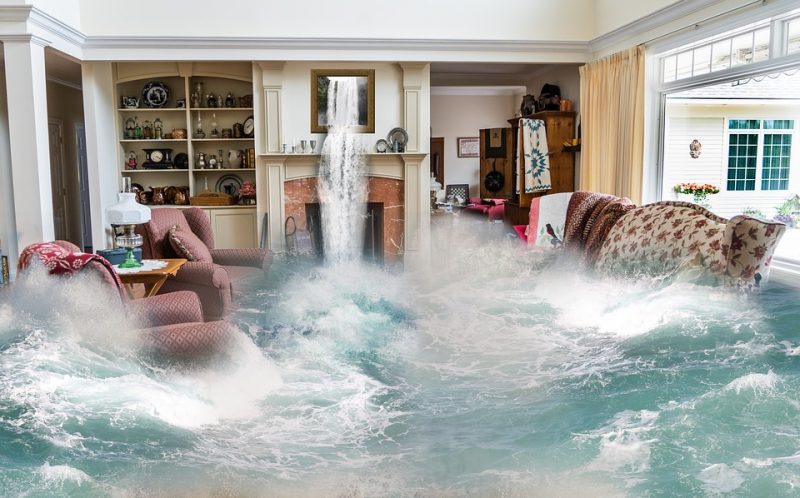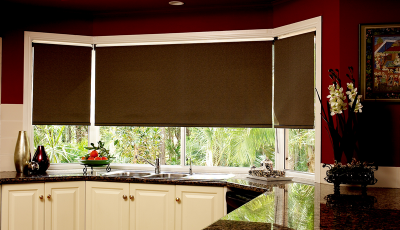What to do After Your House Floods
Flooding can affect any home. There are two causes. The torrential downpours seen in extreme weather situations can destroy your home and cause severe flooding. Internal plumbing issues can also wreak havoc on your home’s foundation.
Whatever the cause, after the flooding occurs you need to try to control the fallout. Contact your landlord or insurance company, turn off the electricity, and go stay with a friend or move into a hotel if the water damage is severe. Living in a damp, wet environment is bad for your health.
Here’s what you need to do if there’s a flood in your home.

Document Everything
You don’t need to use professional equipment; any smartphone camera will do. Take pictures of everything. Make sure that you take pictures or video before you start fixing the damage. You’ll want evidence to back up any claims that you make to your insurance company.
Document everything that’s been affected by the flood. The trash heap that’s blown onto your front yard, the warped flooring and baseboards inside your home. You can’t be too meticulous.
Stop the Source of the Water
If water is still entering your home, you need to try to stop it at its source. You might need to remove debris from your gutters or repair your sump-pump. Do whatever is necessary to stop the flow. Your actions might be enough to prevent further ruin.
If your home was flooded because of interior issues, find the root of the problem as soon as you can. Burst or leaking pipes should be fixed immediately. At https://www.fixitrightplumbing.com.au/plumber-mornington/, Fix-It Right Plumbing remarks that they “find hidden leaks” and “get your blocked drains cleared fast.”
Once you’ve turned off the water source, you’re ready to start clearing out the water. Your strategy will depend on how much water you’re dealing with. If you’re not confronted with large, standing pools of water, a wet vacuum might be enough. Otherwise, you can use buckets, large bowls, etc. to bail out water.
Dry out Your Home
Simply removing the water isn’t enough. You also need to dry your home. The damp environment fosters mold growth. Once you turn the electricity back on, blast the air conditioning and turn on every fan. Set up your dehumidifier. These actions might be enough if the flooding wasn’t catastrophic.
Clean and Purge
There’s a good chance that many of your belongings were destroyed in the flood. You may want to cling to them for sentimental reasons but it’s better, in the long run, to get rid of things that you don’t need, especially if they’re broken.
Create a debris pile and document everything that’s in it.
Clean the kitchen and toss any spoiled food. The last thing that you want to do is to create a pest problem.
Prevent Mold
Mold can grow rapidly. The aftermath of a flood leaves your home in the perfect condition for mold and mildew to thrive. That’s why it’s so important to clear out the water and dry everything that you can. Something as simple as a damp blanket can lead to an explosion of mold.
Everything that was affected by the flood needs to be examined. Some things will be salvageable, others won’t be. Some of your electronics may survive the deluge. Large, heavy pieces of furniture, however, typically need to be discarded.
Once you’ve removed all the water-logged items from your home, it’s to decide if you need to use a professional service. A flood restoration team can dry out your home better than you can.
Take Care of Repairs
There might be a significant amount of damage to repair. You might have to deal with broken windows, smashed furniture, and cracked electronics. Take note of the damage and repair what you can. Continue to take a lot of pictures so you can make sure that your insurance payment is correct.
Even if you’re not going to do a full repair at the time, you need to secure the property from further damage. The broken windows should be boarded up. Dangerous debris like shards of glass and pieces of wood should be picked up.
We can’t protect our homes from everything. A house flood can occur no matter how careful you are. When it does happen, it’s critical that you take the appropriate steps. Your actions can do a lot to prevent further damage.
The most important factor to consider is your safety. That means doing everything that you can to mitigate mold growth and dry out your home’s surfaces.









